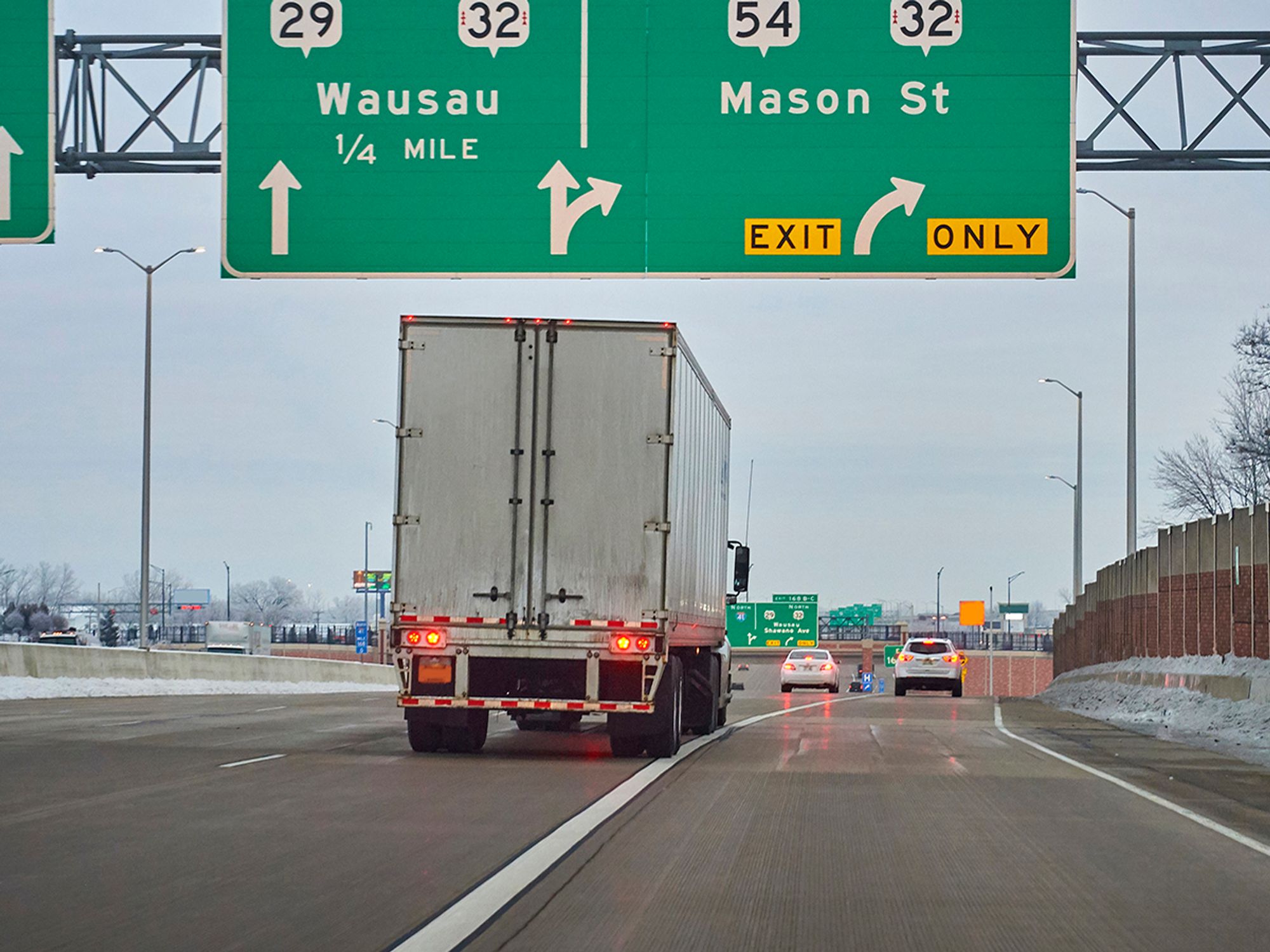State vs federal HOS rules

- While some states have intrastate HOS regulations that differ from the federal interstate standards, many have regulations that are identical to the federal standards.
- If the intent of the transportation being performed is interstate in nature (such as driving a vehicle across state lines for maintenance), then the transportation is considered interstate commerce subject to the federal HOS limits, even if the vehicle is empty.
- If a vehicle is driven across state lines for private, personal transportation then the driver would not be engaged in interstate commerce and the federal HOS limits would not apply.
All states have their own hours-of-service (HOS) regulations for intrastate (in-state only) operations. Those regulations may be identical to federal Part 395 standards or may differ in significant ways. For that reason, it’s vital to understand which rules apply (state or federal) and then to know and comply with those rules.
Drivers who normally follow their state’s rules but intermittently (or even just one time) need to cross state lines or otherwise engage in interstate commerce are required to be in full compliance with federal rules for the duration of the interstate trip and for the following week. This requirement is often referred to as the “14/15-day rule.”
Interstate vs. intrastate commerce
The federal HOS rules apply to commercial vehicles engaged in interstate commerce. “Interstate commerce” means trade, traffic, or transportation in the United States that goes:
- Across state lines (or to another country),
- Between two places in a state through another state (or a place outside of the U.S.), or
- Between two places within a state as part of trade, traffic, or transportation originating or terminating outside the state or the U.S.
All other commerce would be defined as “intrastate commerce,” commerce which remains entirely within a single state.
Whether commerce is interstate or intrastate in nature is often a complicated matter involving several factors. According to the Federal Motor Carrier Safety Administration, one must look at “the essential character of the movement, manifested by the shipper’s fixed and persistent intent at the time of shipment.” If the intent of the transportation being performed is interstate in nature, even when the route is within the boundaries of a single state, the driver is subject to the federal HOS limits.
Even if a vehicle is empty, if it is being transported across state lines (such as for maintenance), the transportation is considered interstate commerce. However, if a vehicle is driven across state lines for private, personal transportation, the driver would not be engaged in interstate commerce.
If engaged exclusively in intrastate commerce, the driver may be subject to the federal rules if the state has adopted those rules. Refer to the state-specific information for more details.
